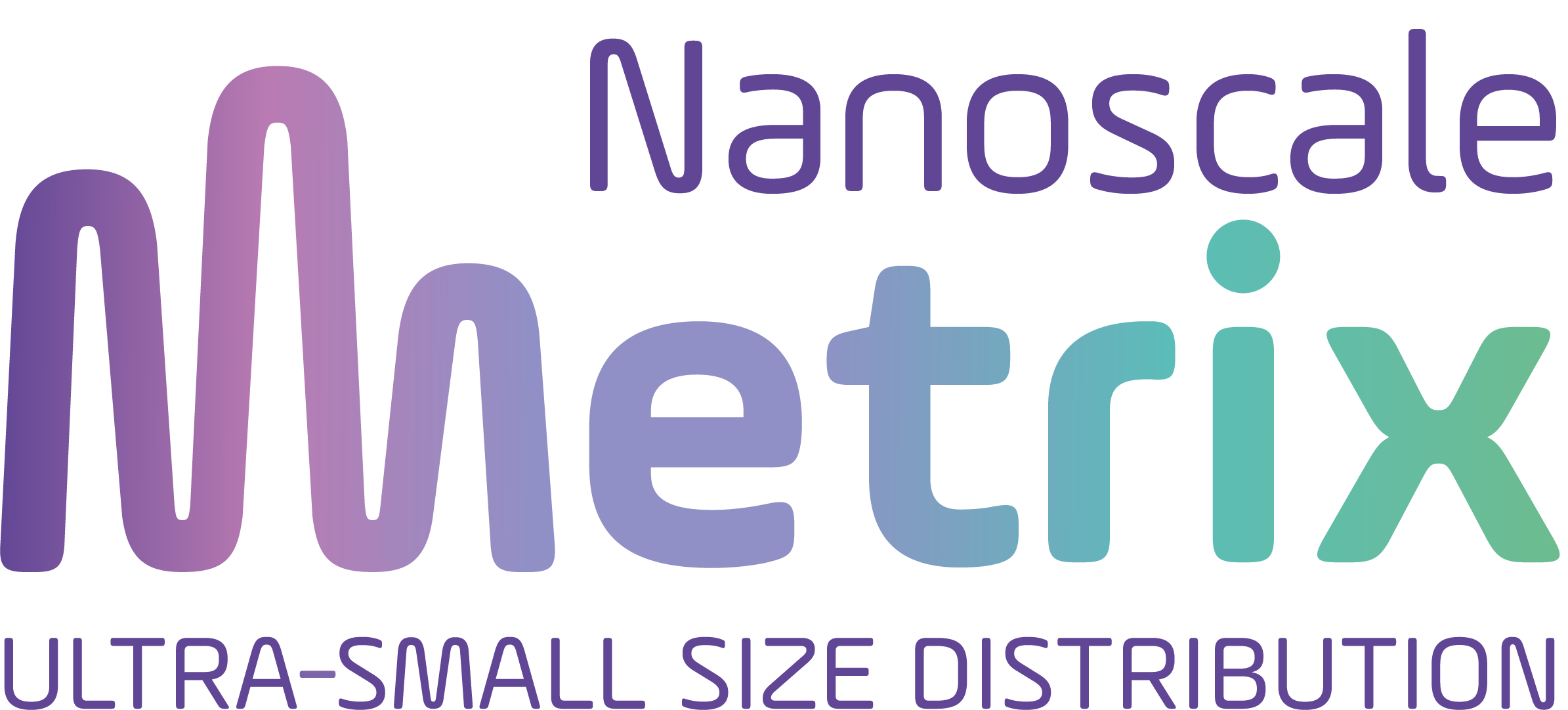Knowledge of drug diffusivity is of key importance in the understanding of a number of pharmaceutical and biological processes. However, experimentally determined diffusion coefficients and hydrodynamic radii are only reported for a limited number of drug substances. In this work, Taylor dispersion analysis conducted using capillary electrophoresis instrumentation coupled with a UV imaging detector, with two detection windows along the capillary, is introduced as a powerful method for the determination of drug diffusivities in nanoliter samples. Several potential advantages associated with applying two detection windows instead of one window as done in most previous studies were identified. Overall diffusion coefficient measurements performed using two detection windows are more robust and correction for changes in flow rate and sample volume is not required. The experimental conditions applied were suboptimal for performing single detection window measurements due to the relatively large sample volumes and may be optimized to alleviate the need for tedious correction procedures for this setup. The diffusivities of eleven aromatic compounds in water at 25 °C were determined, and showed a good agreement with the literature values. Furthermore, the diffusivities and hydrodynamic radii of four selected drug substances were determined in acetonitrile, methanol, isopropyl myristate, medium chain triglyceride, and propylene glycol in addition to water. The solvent viscosity was determined simultaneously along with the measurement of analyte diffusivity. Drug diffusivities decreased with increasing solvent viscosity. Taylor dispersion analysis is a robust, simple and automated method of quantification of diffusion coefficients even in media with a relatively higher viscosity than water.
Measurement of drug diffusivities in pharmaceutical solvents using Taylor dispersion analysis
Subjects: Aromatic compounds, Drug
